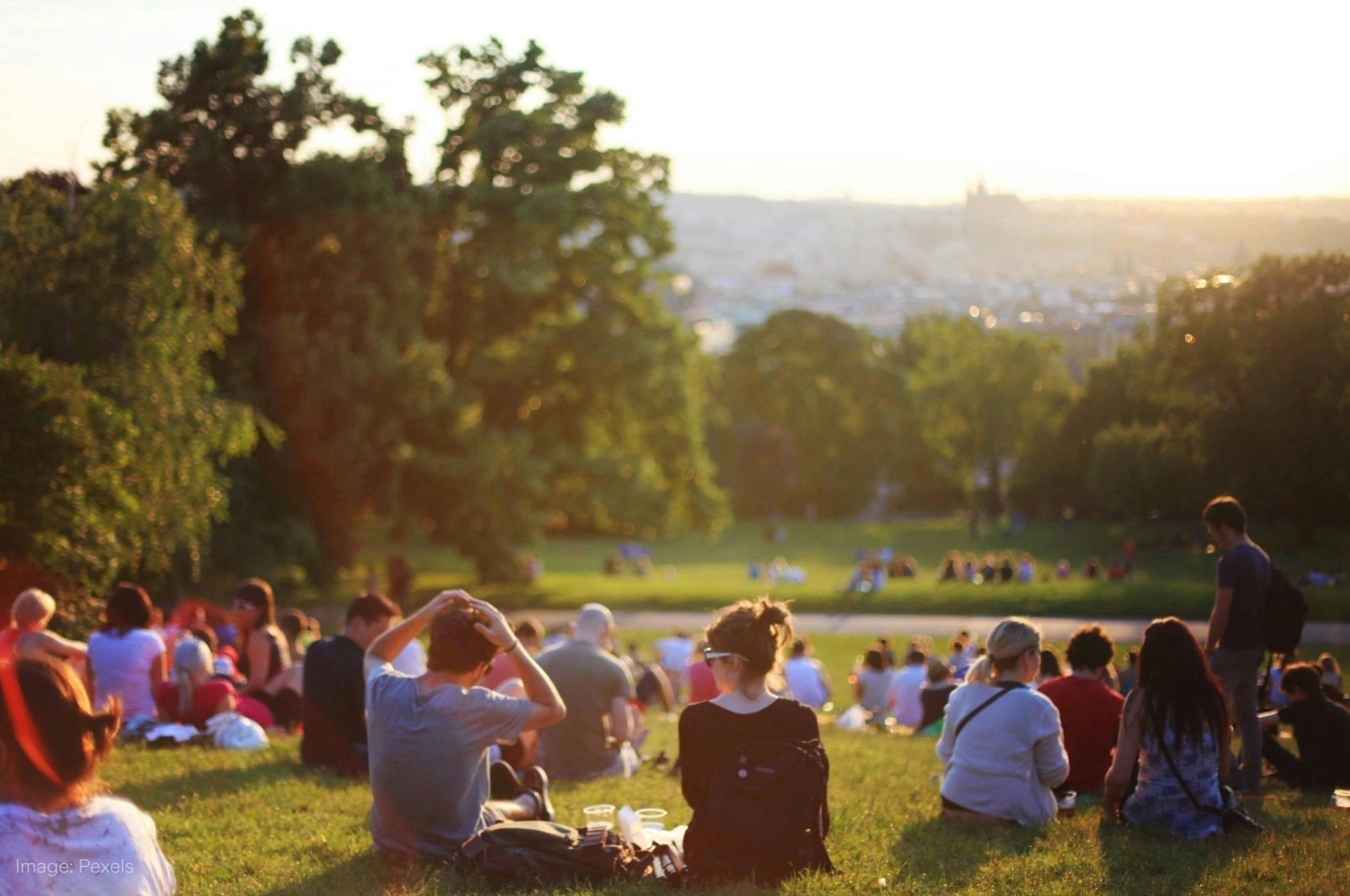
Daylight
Seasons change gradually, but shifting our clocks forwards or backwards by one hour is a jolt to the system. Is it one step forward and two steps back with daylight savings time? Or is the additional sunshine worth it?
The main premise of daylight savings time (DST) is about making the most of the time when it is light. While the concept is often associated with farmers – many of whom actually find it disruptive – it was additional leisure time that inspired early proposals for DST.
While New Zealand bug enthusiast George Hudson wanted to use the summer light to study insects, he also argued DST would provide more time for ‘cricket, gardening and cycling’. Over in England, a builder called William Willett believed everyone should spend more time in the open air. His proposal in 1907 advocated for four 20-minute blocks to be added to the clocks every Sunday in April, and then taken off in September. Willett also boldly predicted DST would knock £100m off the UK’s national debt.
However, the original implementation of DST came down to practicality, rather than the pursuit of hobbies. During World War I, the pressure to conserve fuel led to mass adoption of the time shift. Viewed by many nations purely as a wartime measure, it only became common again during World War II. After that, DST fell largely out of favour… only to be standardised in the U.S. in the late 1960s and in much of Europe in the 1970s, mainly as a blunt tool to reduce energy consumption.
Today, only a handful of countries outside those regions observe DST. One reason is the mixed evidence of its effectiveness; changes in energy usage range from slight decreases to slight increases across a number of studies. Plus, there’s little appeal for nations near the equator, as they experience limited changes in daylight over the year. Many have opted out in the last decade, while Egypt reintroduced DST in 2023 after a seven-year break – with the aim of freeing up natural gas for exports instead of for local electricity generation.
Some countries are divided within themselves: adoption in Australia or Canada depends on what state or province you’re in, and the U.S. state of Arizona has specifically chosen to avoid daylight savings due to its hot climate. To add to the confusion, geography also determines the actual dates of the biannual clock shifts.
DST does seem to improve traffic safety in the evenings, as well as crime rates, as people tend to enjoy the outside light after work. This activity might be linked to JPMorgan’s ($JPM) finding that daily card spending increased 0.9% in the first 30 days after DST started in Los Angeles, and fell 3.5% after it ended.
Ultimately, casual opinions about DST can be strongly influenced by those 60 minutes of sleep it either adds or takes away. This relatively small adjustment to our circadian rhythms can have broader implications. The U.S. population impacted by DST suffers a productivity loss estimated at US$672.02m per year, due to increased numbers of heart attacks, strokes, workplace injuries and traffic accidents related to the sudden shift – the estimate doesn’t even consider drowsier employees simply being slow.
The impact on our moods extends to decision-making in the stock market. On the Monday after clocks change, tired traders typically see lower-than-average returns. By either avoiding buys or prematurely selling risky assets, they account for up to US$30b in average one-day stock market losses. So this could be one day when ignoring your alarm and sleeping in really pays off.
.jpg&w=3840&q=100)
.jpg&w=3840&q=100)